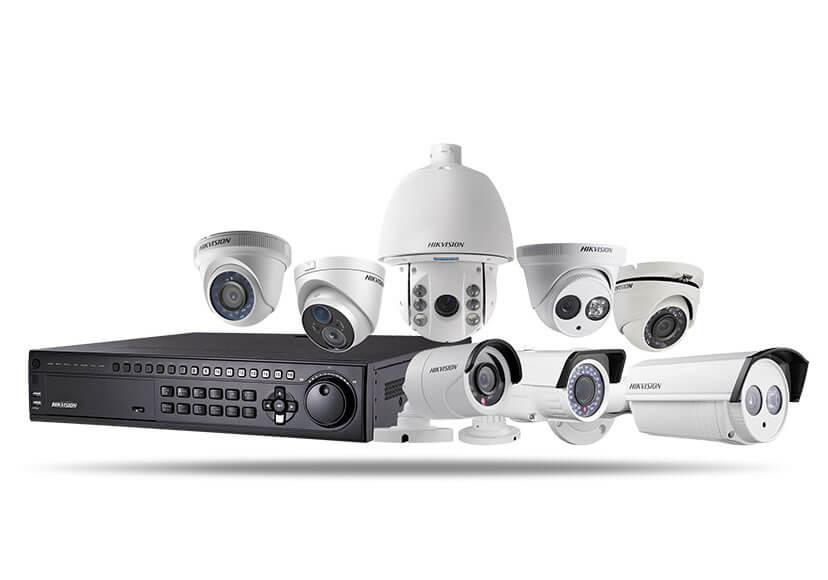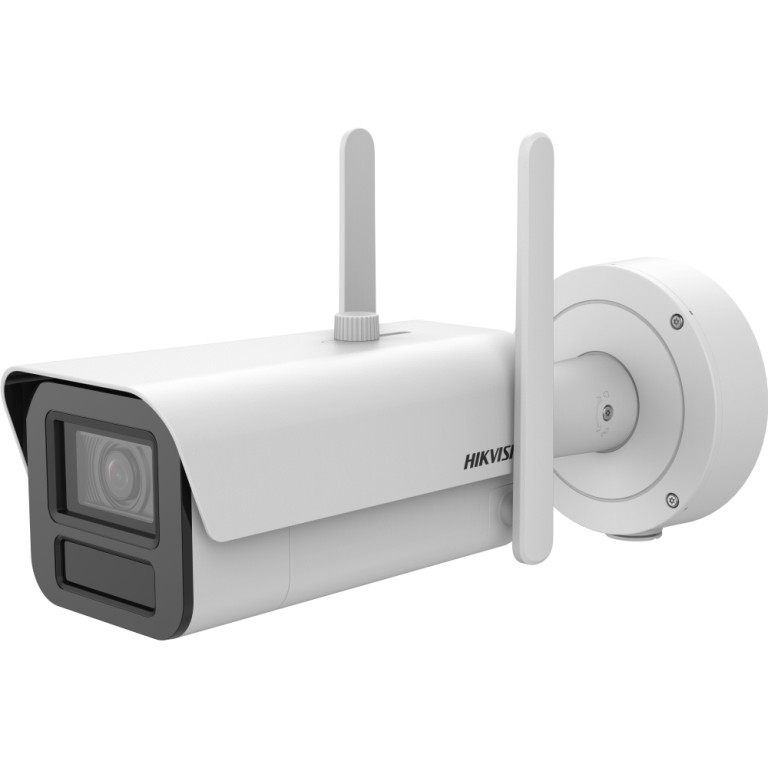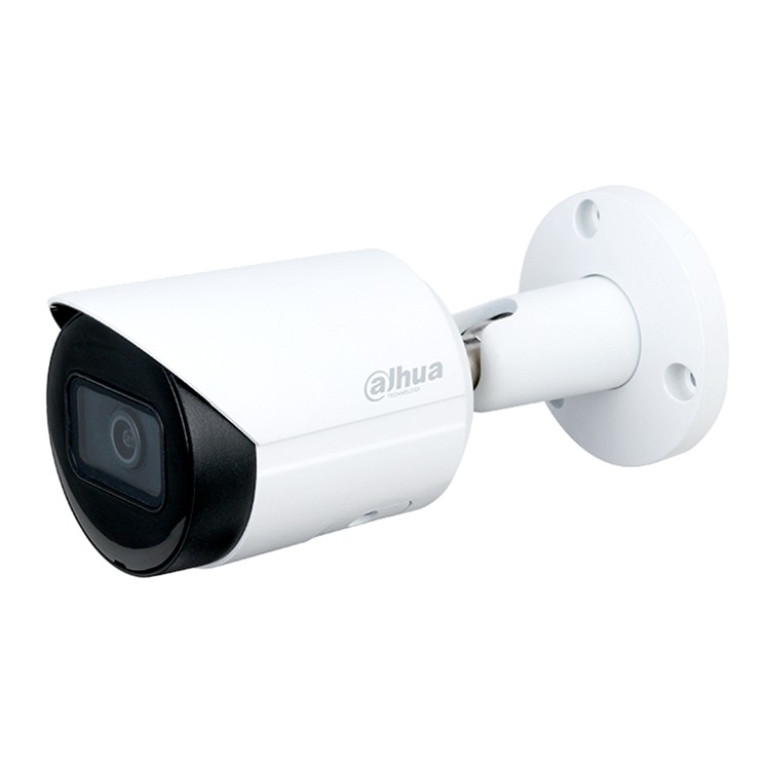This is the second series of how CCTV camera works. Read how CCTV works here from the components’ point of view
You’ve heard of CCTV cameras too many times. How CCTV camera works exactly?
How does a CCTV camera work? You may be asking yourself this question before installing the CCTV camera. To start, CCTV stands for Closed Circuit Television and it’s a system used for video surveillance which combines a certain number of cameras linked to each other that are placed in the desired zone in order to keep track of actions taken there. It is called “closed” because their footage is not broadcast to the public; it is used exclusively for safety and security purposes.
Real-time live viewing is one of the main reasons why people install CCTV camera systems in their homes, offices, retail shops, warehouses, schools, restaurants, etc. These systems allow them to keep their families and assets safe and well watched.
The working logic of a CCTV camera should be known by everyone that feels the need of installing a CCTV Camera surveillance system, whether at home or in their business. Here is an explanation of how these devices work, beginning with some essential definitions.
1. Basic Characteristics of CCTV Camera
A CCTV camera is an equipment composed of an image capture element (CCD or CMOS, explained below), an electronic circuit and a lens that will allow the visualization of a specific scene.
Some CCTV cameras also include microphones that allow to catch the sounds of the environment under surveillance and send them through the network for listening and recording.
There are different types of cameras, one for each particular usage. Depending on the conditions of the area that needs the coverage, specifications and characteristics vary. For instance: black and white/color image, outdoor or indoor use, housing, sensibility to light, resolution, size, etc.
Different types of lenses can also be found in the cameras and they can be chosen according to the requirements of every installation. Zooming options can be offered as well as other image adjustments that contribute to a better and more precise footage.
2. Analog and IP based CCTV Camera
CCTV camera can be further classified into two main types: Analog and IP Camera. These two categories are associated with the way the image is compressed and transmitted towards the video recorders.
Analog cameras are connected to each other using a coaxial cable and further connected to a monitor or TV where footage can be seen and recorded with a specific device.
IP camera can be connected with each other wirelessly (Wi-Fi) or via an Ethernet cable. Footage can be recorded inside the Network Video Recorder (NVR) or watched in real time from a PC or smartphone using the Internet. This kind of cameras offer higher resolution levels and consequently, a better image quality.
3. CCD and CMOS sensors of CCTV Cameras
Both types either have CCD (Charge Coupled Device) sensors or CMOS (Complementary Metallic Oxide Semiconductor) sensors. In any case, their function is to convert light into an electrical signal that is later processed and converted into a signal output that can be both recorded and shown on a monitor.
Most analog cameras use CCD chips while IP camera can use CCD or CMOS sensors indistinctly. The main difference between them is that a CMOS may not deliver a footage with good resolution when there is movement in the scene while CCD is able to offer sharper images in the video.
However, CMOS technology has improved and it is possible to get a high performance at a lower price, compared to CCD chips.
4. Image Compression: DVR and NVR of CCTV Cameras
The analog signal (in analog CCTV camera) is turned into a digital signal thanks to a converter (analogue-digital) and then it is transmitted to a DSP (Digital Signal Processing). Then this digital signal is turned again into an analog one via another converter so that it can be transmitted to the Digital Video Recorder (DVR) where it is codified and stored.
In the case of IP camera, the image is internally compressed or codified and transmitted through Internet Protocols (IP) using a network until it reaches the recorders, which are called Network Video Recorders or NVR.
5. Usage of CCTV Camera
Infra-red cameras are preferred for night surveillance. They use Light-Emitting Diodes (LED) placed around their lenses so they can detect heat waves and retransmit the images into the black and white footage.
There are also adaptable cameras that automatically change their working mode according to the light conditions of the place.
Dome-shaped cameras, spy cameras, and other types are available for every particular condition.
CCTV cameras are the essential part of video surveillance systems and their different characteristics must be taken into account in order to make the right choice for the whole installation and make the most out of their technology.










